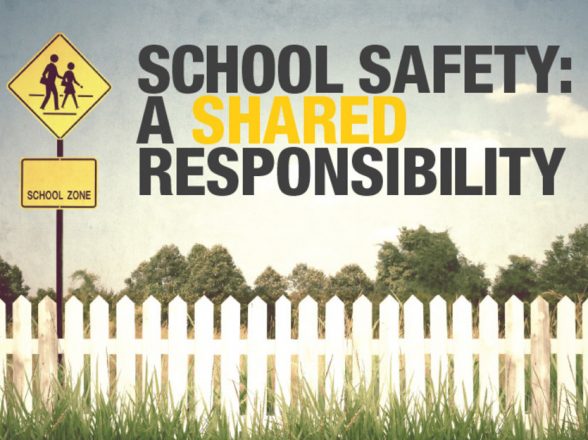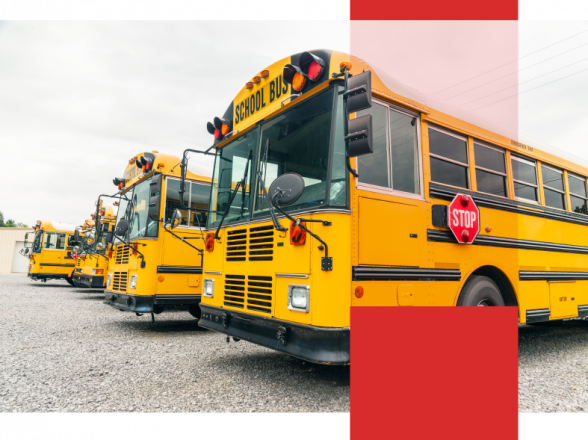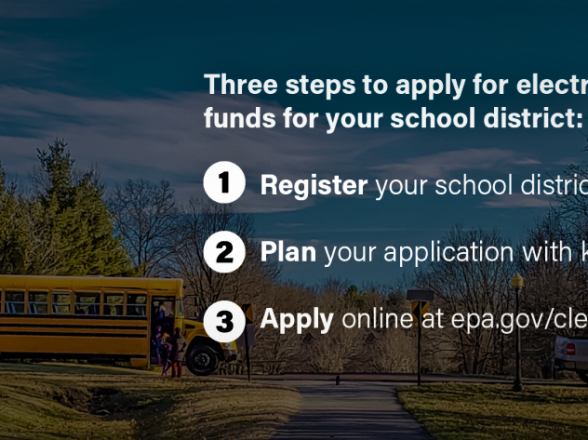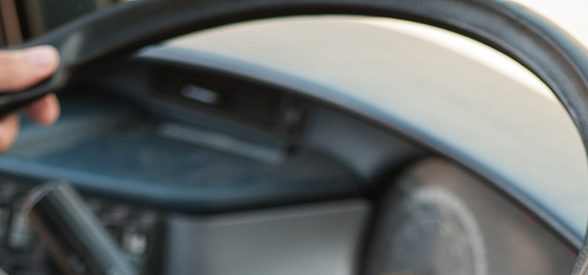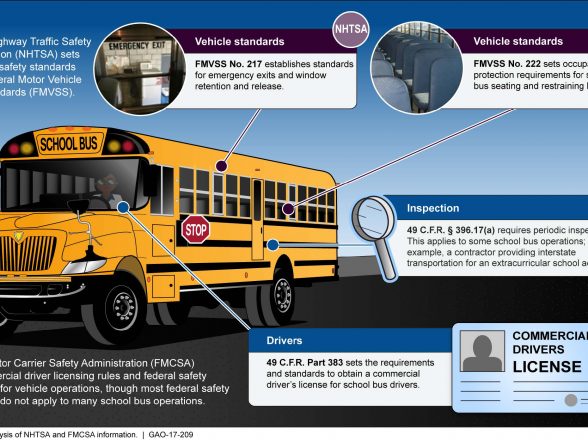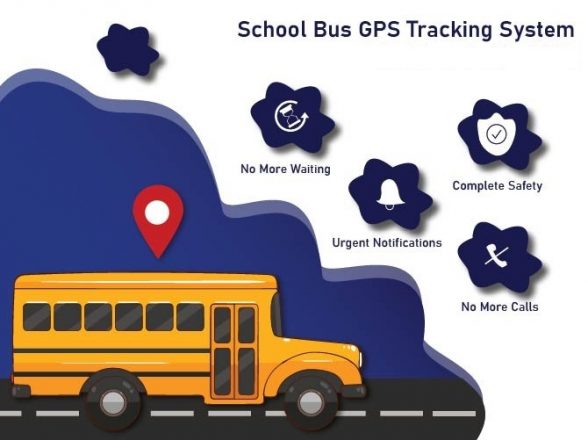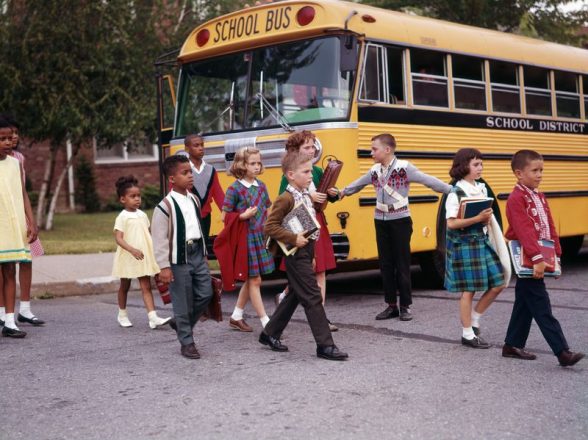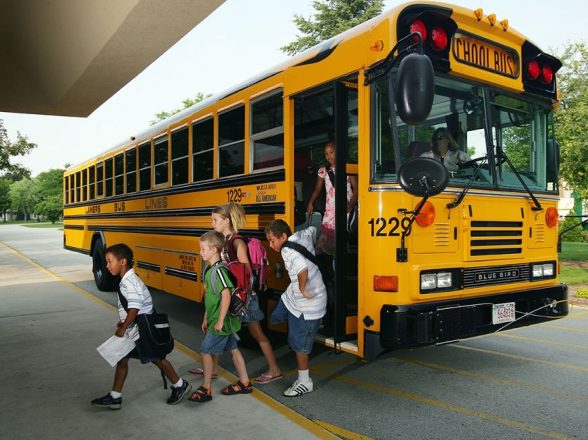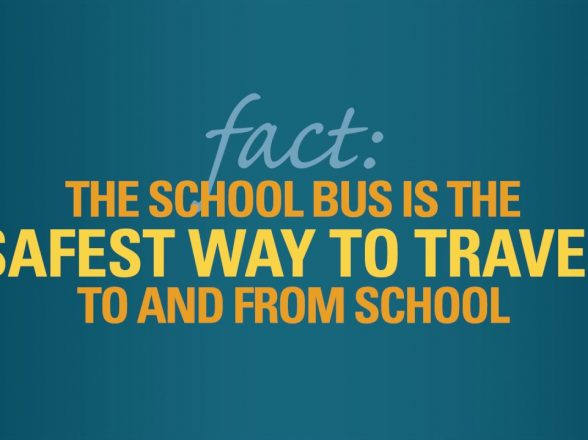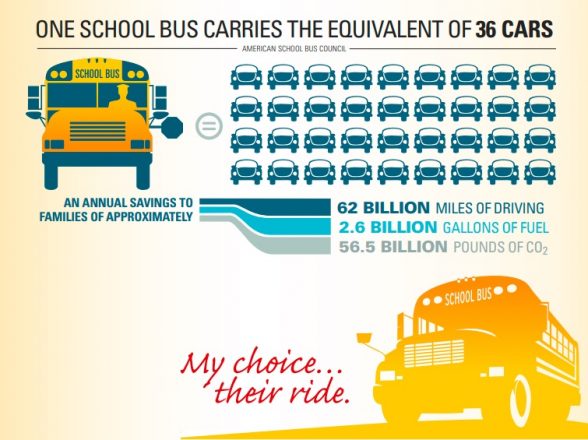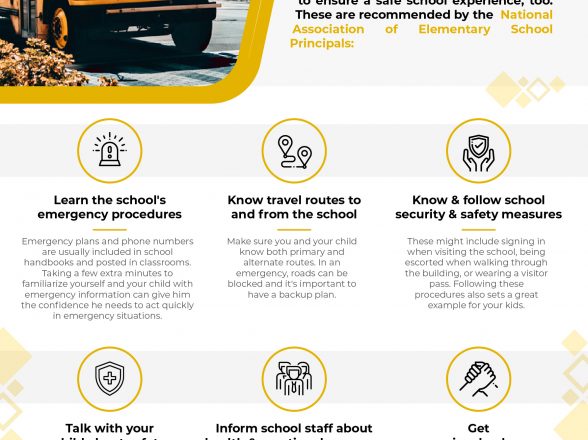School Bus Safety
School Bus Safety
The school bus is the safest vehicle on the road—your child is much safer taking a bus to and from school than traveling by car. Although four to six school-age children die each year on school transportation vehicles, that’s less than one percent of all traffic fatalities nationwide. NHTSA believes school buses should be as safe as possible. That’s why our safety standards for school buses are above and beyond those for regular buses.
Students are about 70 times more likely to get to school safely when taking a bus instead of traveling by car. That’s because school buses are the most regulated vehicles on the road; they’re designed to be safer than passenger vehicles in preventing crashes and injuries; and in every state, stop-arm laws protect children from other motorists.
- Different by Design: School buses are designed so that they’re highly visible and include safety features such as flashing red lights, cross-view mirrors and stop-sign arms. They also include protective seating, high crush standards and rollover protection features.
- Protected by the Law: Laws protect students who are getting off and on a school bus by making it illegal for drivers to pass a school bus while dropping off or picking up passengers, regardless of the direction of approach.
Seat belts have been required on passenger cars since 1968; and 49 states and the District of Columbia have enacted laws requiring the use of seat belts in passenger cars and light trucks. There is no question that seat belts play an important role in keeping passengers safe in these vehicles. But school buses are different by design, including a different kind of safety restraint system that works extremely well.
Large school buses are heavier and distribute crash forces differently than passenger cars and light trucks do. Because of these differences, bus passengers experience much less crash force than those in passenger cars, light trucks and vans.
NHTSA decided the best way to provide crash protection to passengers of large school buses is through a concept called “compartmentalization.” This requires that the interior of large buses protect children without them needing to buckle up. Through compartmentalization, children are protected from crashes by strong, closely-spaced seats that have energy-absorbing seat backs.
Small school buses (with a gross vehicle weight rating of 10,000 pounds or less) must be equipped with lap and/or lap/shoulder belts at all designated seating positions. Since the sizes and weights of small school buses are closer to those of passenger cars and trucks, seat belts in those vehicles are necessary to provide occupant protection.
Bus Stop Safety
The greatest risk to your child is not riding a bus, but approaching or leaving one. Before your child goes back to school or starts school for the first time, it’s important for you and your child to know traffic safety rules. Teach your child to follow these practices to make school bus transportation safer.
FOR PARENTS
Safety Starts at the Bus Stop
Your child should arrive at the bus stop at least five minutes before the bus is scheduled to arrive. Visit the bus stop and show your child where to wait for the bus: at least three giant steps (six feet) away from the curb. Remind your child that the bus stop is not a place to run or play.
Get On and Off Safely
When the school bus arrives, your child should wait until the bus comes to a complete stop, the door opens, and the driver says it’s okay before approaching the bus door. Your child should use the handrails to avoid falling.
Use Caution Around the Bus
Your child should never walk behind a school bus. If your child must cross the street in front of the bus, tell him/her to walk on a sidewalk or along the side of the street to a place at least five giant steps (10 feet) in front of the bus before crossing. Your child should also make eye contact with the bus driver before crossing to make sure the driver can see him/her. If your child drops something near the school bus, like a ball or book, the safest thing is for your child to tell the bus driver right away. Your child should not try to pick up the item, because the driver might not be able to see him/her.
FOR DRIVERS
Make school bus transportation safer for everyone by following these practices:
- When backing out of a driveway or leaving a garage, watch out for children walking or bicycling to school.
- When driving in neighborhoods with school zones, watch out for young people who may be thinking about getting to school, but may not be thinking of getting there safely.
- Slow down. Watch for children walking in the street, especially if there are no sidewalks in neighborhood.
- Watch for children playing and congregating near bus stops.
- Be alert. Children arriving late for the bus may dart into the street without looking for traffic.
- Learn and obey the school bus laws in your state, as well as the “flashing signal light system” that school bus drivers use to alert motorists of pending actions:
- Yellow flashing lights indicate the bus is preparing to stop to load or unload children. Motorists should slow down and prepare to stop their vehicles.
- Red flashing lights and extended stop arms indicate the bus has stopped and children are getting on or off. Motorists must stop their cars and wait until the red lights stop flashing, the extended stop-arm is withdrawn, and the bus begins moving before they can start driving again.
- School Bus Driver In-Service Curriculum – Regular training is important for school bus drivers to stay up-to-date on the latest industry standards and to help them maintain and improve the safety of children in and around the school bus. NHTSA is now offering an improved School Bus Driver In-Service Curriculum.


